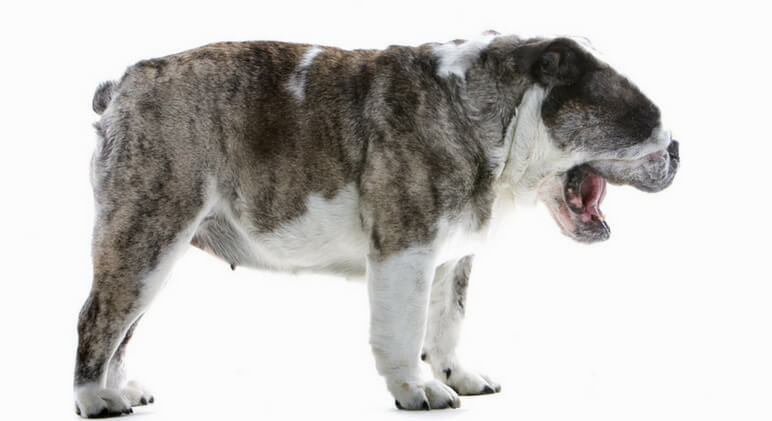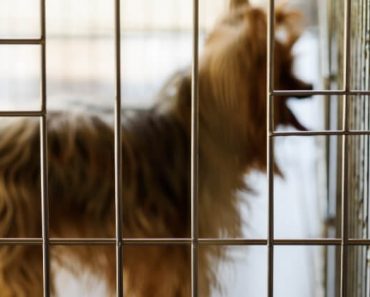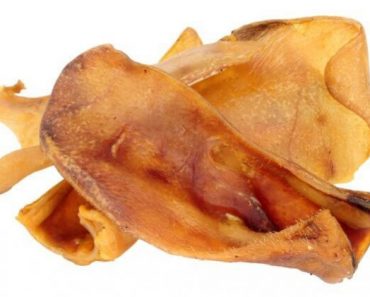It happened again the other night. One of my dogs suddenly froze in the living room with her elbows spread apart and neck/head extended forward. As her body remained still, she began to let out loud snorting noises. While the moment seemed like a lifetime, the episode lasted around 30 seconds. Nope, she wasn’t choking. She was reverse sneezing.
What Is Reverse Sneezing
A reverse sneeze is pretty much exactly what it sounds like — it’s the opposite of a sneeze. So, just think about it…
In a regular sneeze, air is pushed out through the nose. On the flip side, in a reverse sneeze, air is suddenly, quickly, and forcefully pulled in through the nose. It causes a very loud snorting or gagging sound. It’s one that could fool a pet parent into thinking their pup is choking or having an asthma attack.
Just like in the scenario above, dogs tend to stand very still when they experience a reverse sneeze episode. You will often find their legs in a wide stance with the elbows tilted away from the body, neck and head extended forward, abdominal contractions, and their eyes may bulge.
According to veterinarians, episodes of reverse sneezing typically last a few seconds, but they can last up to a minute. As soon as an episode is over, dogs typically go back to their normal breathing patterns.
According to VCA Hospitals:
“Although it can be alarming to witness a dog having a reverse sneezing episode, it is not a harmful condition and there are no ill effects. The dog is completely normal before and after the episode.”
Triggers
Just like how a regular sneeze is triggered by some sort of irritant, so is a reverse sneeze. It can occur when a dog’s soft palate (AKA the soft part of the roof of the mouth) becomes irritated and spasms.
Common triggers include:
- Nasal mites
- Environmental allergens (such as pollen, grass, or even smoke)
- A sudden change in temperature
- Perfume
- Cleaning products
- Room sprays
- Excitement
- Eating or drinking too quickly
- Exercise intolerance
- A collar that’s too tight
Certain infections, a respiratory infection, or a chronic post nasal drip can also contribute to reverse sneezing.
Treatment: Is Reverse Sneezing Cause for Concern?
Just like sneezing is a part of your pup’s life, likely reverse sneezing is too. For infrequent and mild bouts of reverse sneezing, treatment usually isn’t necessary. To help ease your pup’s episode, experts recommend the following:
- Stay calm
- Gently massaging your dog’s throat can help stop the spasm
- Softly blow in your dog’s face
Once a dog exhales through his nose, the reverse sneezing attack usually ends.
One of the best things you can do?
Simply observe your pooch and identify his individual trigger. For example, I know my one dog reverse sneezes when she gets overly excited and eats treats too quickly. So I break her treats into tiny pieces and only give her a small bite at a time.
If reverse sneezing episodes become more frequent, last longer, and appear more severe …
Then it’s time to schedule a vet visit to get your dog’s throat and nasal passages checked. If the episodes are caused by allergies, your vet may recommend antihistamines.
If possible, show your vet a recording of your pup’s reverse sneezing episode to help rule out more serious issues such as a collapsing trachea, kennel cough, respiratory infection, nasal mites, cancers, polyps, or tumors.








